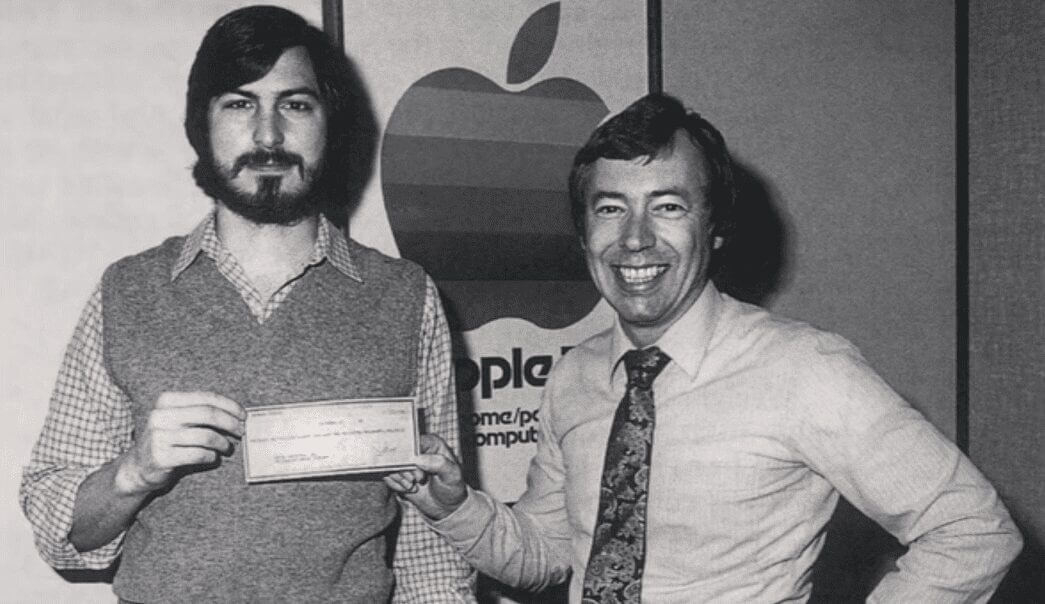I’ve heard a few people talking recently about taking larger sums of money – lets say $3m – from an equity investor where the investor is proposing to tranche the investment (or where the entrepreneur thinks they might). Typically that means meeting certain milestones to trigger the next chunk of cash. I hate this idea. Why?
- Well, first of all the investor can be sending you a negative message about their confidence in you and your ability to execute by holding the money. And its distracting to everyone – you should be working with your investors closely anyway to get the right things to happen in the business and that’s the real objective.
- Secondly, things change rapidly in the startup business and you need to change with them – so a milestone set today to be achieved in six months may be obsolete in three months because of some external event. Then what? Keep driving for it so you get the money? I don’t think so.
- Thirdly, a VC could decide at any time not to put the additional money in. Lets say they committed the tranches before the recent market crash. Then with the crash their outlook has changed and investment plans rethought. Now they say they won’t put in the next tranche even though you hit the milestones. Maybe they want to renegotiate the valuation down due to those external events. What do you do? Sue them? Again, I don’t think so. Suing investors is never a good idea if you want to raise money in the Valley again.
- Worst of all, what’s really happening is that the achievement of these milestones is in fact increasing the value of the company each time, but your investor’s equity is all valued at the historical date when you signed the term sheet. So you just took more dilution than you would have if you took two smaller rounds of funding – one at the beginning and one new one later after achieving the growth.
What do you do instead? Well, you bite the bullet and take less now and plan on doing another, separate, raise later. With that $3m example above, take $1m or $1.5m now and raise more at a (hopefully) higher valuation in a year.
Back in March I wrote in a post that I didn’t think financing a startup with debt rather than equity makes any sense unless its to bridge to an equity event you have a high confidence level will happen. Otherwise you just build a pier to deeper water.
In general I stick by that. But there is an exception (every rule needs one!) that I support. In a very early stage startup it can make sense to take initial money, perhaps $300k, from an investor in the form of a convertible note instead of equity at that time. A convertible note is a loan from an investor that is intended to get you going and to bridge to a later equity funding event. As part of the terms the investor can convert the note to equity at a discount, maybe 20%, to the subsequent round preferred stock price. Fair enough – they took the risk now to invest at that later valuation so they should get that break.
When would you do this? Typically, where you need some cash in to get to some proof point or milestone to then get a full equity round done. Your investor likes you and your ideas, but you have no customer traction yet although you’re going into beta with a few prospects. You need six months to complete that process and covert the betas into paying, reference accounts. That is a big step because it gives your first real proof points of your value proposition – and makes you more fundable.
In this case maybe the $300k is sufficient to get you to a $1.8m equity raise (including the note converting) in a full funding round later at a $3m pre-money valuation. That’s better than taking a $300k equity raise now at a $1.2m valuation and then another $1.5m at a $3m valuation later. A convertible note helps do that with less dilution. One other thing – it avoids the need to address valuation questions today. The company will be valued at the time you get a term sheet for the future round in six months. Its much harder to do two equity rounds six months apart and justify an good increase in valuation over that time. So delay that discussion with a convertible note! An investor will like it because it gives them more protection than equity, it’s a smaller amount to risk initially, but gets you going and maybe proves their confidence in the overall opportunity.Of course, if you don’t achieve your goal you will owe the money back – but with no ability to pay it off it will become another negotiation anyway.
________________________________________
About the Author
This article was written by Philip Smith. Philip is an experienced business professional ready to provide advice, guidance, counsel and hands-on assistance to early stage technology companies to develop, grow and manage their businesses worldwide. He shares his thoughts on Silicon Valley Frontlines, a blog dedicated to entrepreneurship insights.





























